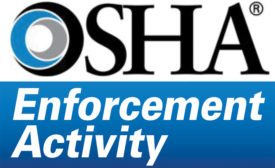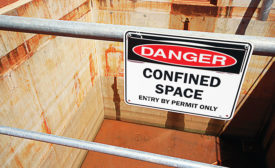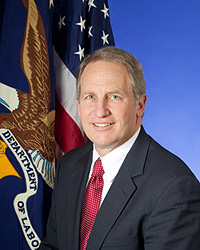Environmental Health and Safety
Can restaurant managers ask sick employees about their symptoms?
Under Food Code, to prevent spread of foodborne illness, yes
December 14, 2017
Focus on organizational and human factors impacting risk
Hit the reset button
December 12, 2017
Become a Leader in Safety Culture
Build your knowledge with ISHN, covering key safety, health and industrial hygiene news, products, and trends.
JOIN TODAYCopyright ©2025. All Rights Reserved BNP Media.
Design, CMS, Hosting & Web Development :: ePublishing








